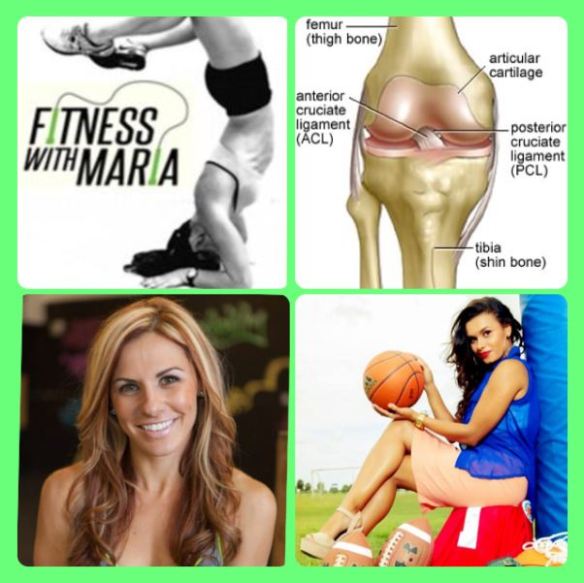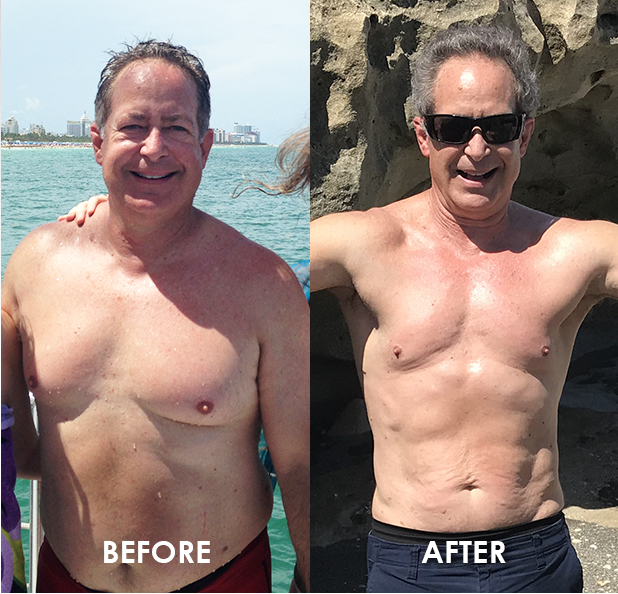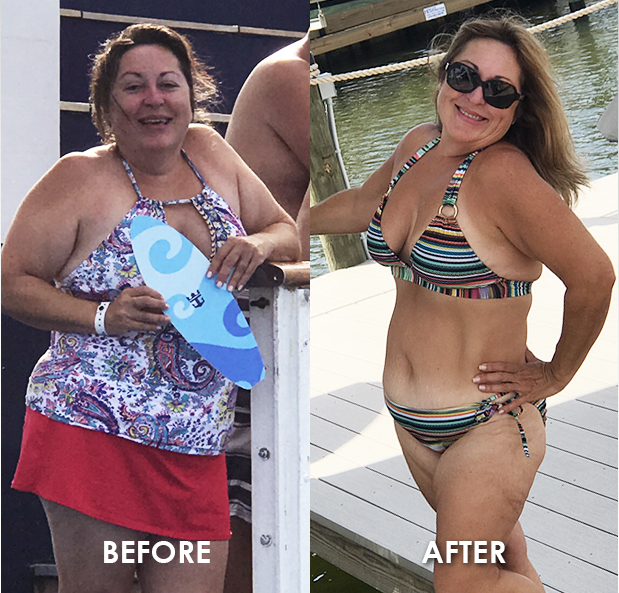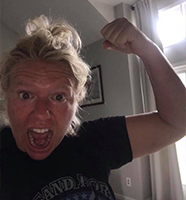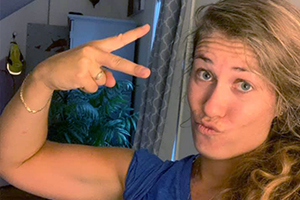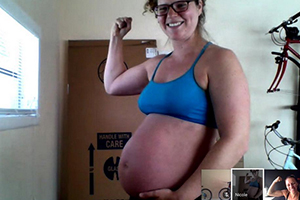It’s common to hear on ESPN about athletes like Derrick Rose of the Chicago Bulls tearing their anterior cruciate ligament (ACL), debilitating them from playing the remainder of the NBA season. The ACL tears more often than any other ligament, with nearly 200,000 ACL injuries per year in the United States.
As a licensed physical therapist, nearly 60% of my personal patient caseload consists of ACL injuries. With a specialization in ACL recovery and rehabilitation, I offer insightful knowledge and expertise regarding the ACL. Unfortunately, most professional athletes and regular exercise enthusiasts often lack a general understanding regarding the basics of an ACL injury, how to prevent it and how such an injury should be treated.
As displayed in the top right section of the photo collage featured in this post, the ACL consists of tough bands of tissue that connect the bones together in the center of the knee, acting as a major knee stabilizer. Located in the center of the knee joint, the ACL runs from the backside of the femur (thighbone) to connect to the front of the tibia (shinbone). Most ACL injuries occur during a sport or athletic activity, usually when an athlete is performing a rapid pivot or quick twisting movement. More often than not, many injuries require surgery in order to resume physical activity and professional sports engagement.
The symptoms following an ACL tear can be gruesome because blood is flowing into the knee joint from the torn blood vessel. There are several types of ACL injuries as well as various non-surgical and surgical procedures that can be performed to treat such injuries. Non-contact tears and ruptures are the most common ACL injury. Resting, eliminating physical activity leading to the reduction of swelling on the injured area and taking acetaminophen (Tylenol) are the best treatment methods for this type of mild ACL injury. For more serious ACL injuries, reconstructive surgery is recommended in an effort to keep the tibia from moving too forward under the femur bone and to allow the knee to function properly again.
The assistance of a licensed physical therapist can, over the course of 12-24 weeks, help patients regain full mobility and facilitate early return to sports. Many of my patients are athletes whose sole career relies on their athleticism. With the proper physical therapy techniques, rapid recovery is achieved without compromising ligamentous stability. After a thorough 12 week treatment course has been implemented, the patient will go through a series of tests to prove whether or not they are ready to participate in serious physical activity. One test that I often require athletic patients to perform before they return to sports include running intervals.
One of my most recent ACL physical therapy patients, Joy Taylor, severely injured her ACL and utilized my rehabilitation program post-operative ACL surgery to recover. After initially getting injured while playing soccer, Joy, a sports reporter and executive producer at The Ticket Miami and sister of Miami Dolphins player Jason Taylor, trained with me for 12 weeks. Over the course of those 3 months, my main goal for Joy was to pass the holy grail of her physical therapy program: the Single Leg Hop Test. Although she performed other various tests, the Single Leg Hop Test was the ultimate assessment that would determine if she was staying in rehab for a few more weeks or returning to life as normal.
The Single Leg Hop Test is a special clinical test that measures the strength of the involved leg in comparison to the uninvolved leg. Overall, participants must achieve an 80% pass rate on this test — this displays the patients progress and whether they can return to physical activity. So how do you think Joy did? Did she pass with flying colors or score below the required 80% rating? Check out this YouTube video and see for yourself what exactly the Single Leg Hop Test is and if Joy passed or not!
In the mean time, here are several tactics you can implement into your daily exercise regimen that can reduce your chance of experiencing an ACL injury:
– Perform an adequate warm up and cool down before and after each workout. 10 to15 minute warm ups and cool downs in between each rigorous workout session will prepare the muscles and ligaments to gain flexibility and reduce risk of injury.
– Get a good night’s sleep! Your body gets the chance to rest, recover, repair your muscles and replenish nutrients while you are sleeping. I encourage everyone, especially extremely active individuals to get at least 8 hours of sleep per night. In addition to physical conditioning and a healthy diet, sleep plays a major role in athletic performance and competitive results.
– Wear safe footwear when working out. According to the National Safety Council, only one out of four injury victims wear proper safety shoes. Whether you are running or doing strength/weight training, wear the appropriate footwear. My advice is get a pair of running shoes and a pair of cross training shoes. Athletes are encouraged to replace their sneakers every 3 to 6 months or every 300 to 400 miles that they run.
– Incorporate total body conditioning into your sports training regimen — this will improve core and intrinsic strength to stabilize the joints therefore reducing chance of injury.
– Always include dynamic and static stretching post workout. Stretching not only increases your range of motion & flexibility, which reduces your risk of injury, but it also promotes fluid movement during athletic performance and decreases muscle soreness.
If you or someone you know in the South Florida area are looking for a licensed physical therapist to help them achieve 100% recovery in minimal time, email me at [email protected] or visit my website for a free physical therapy consultation.
